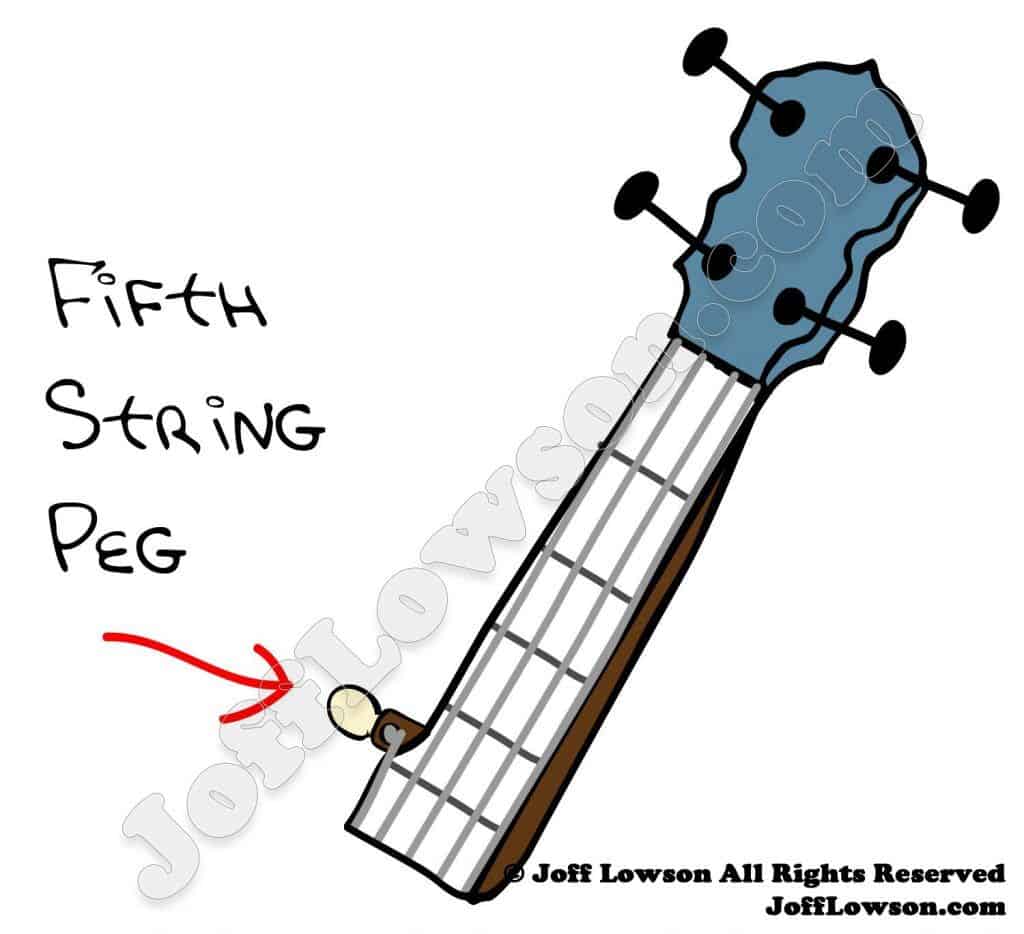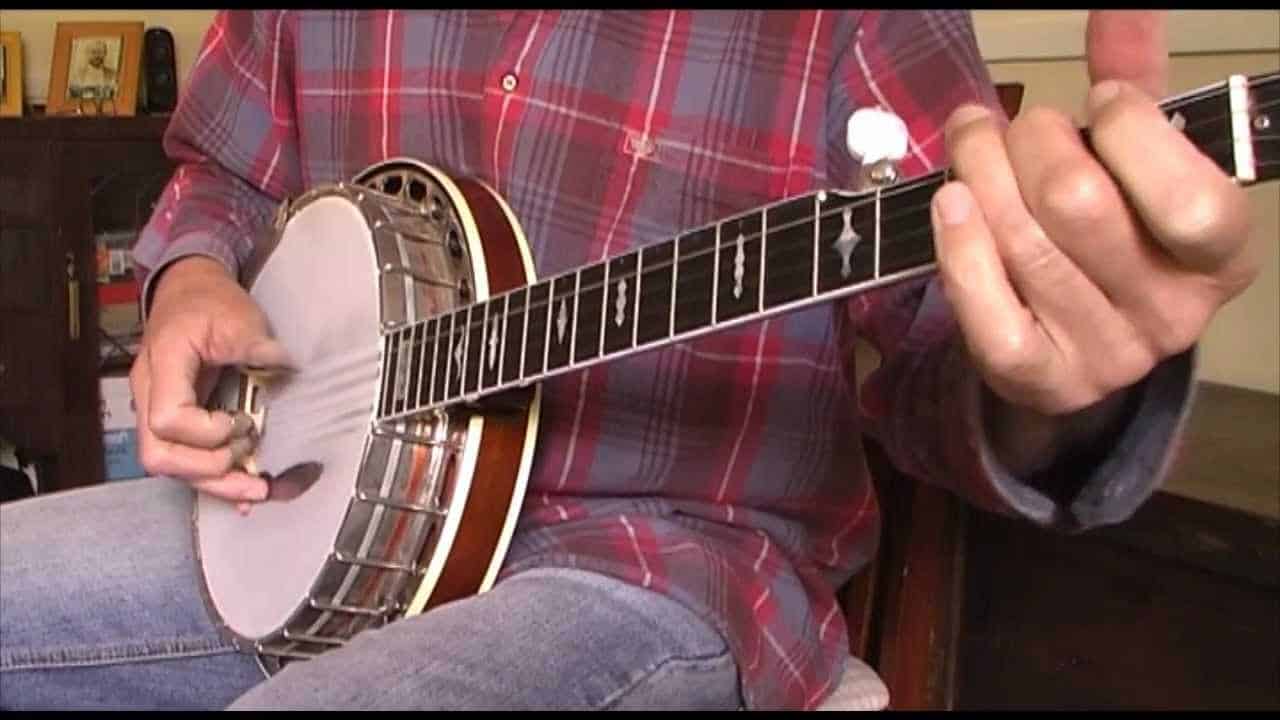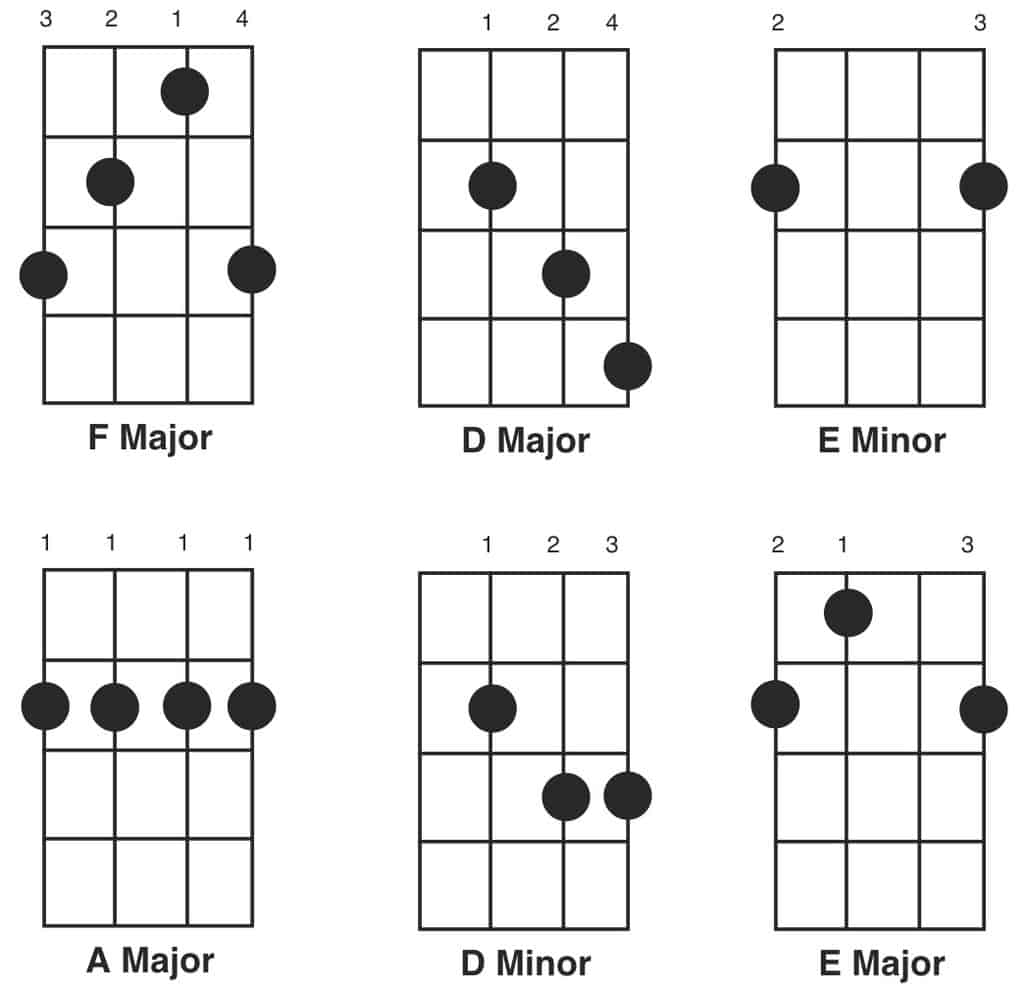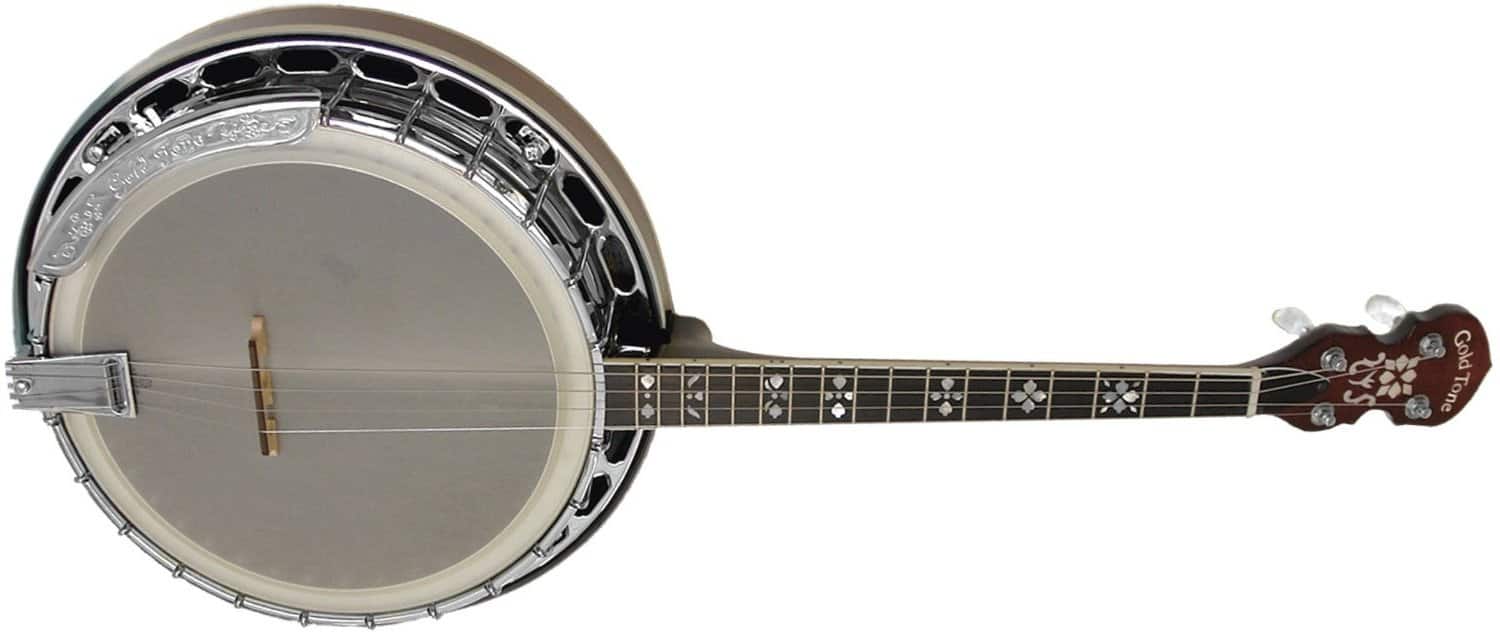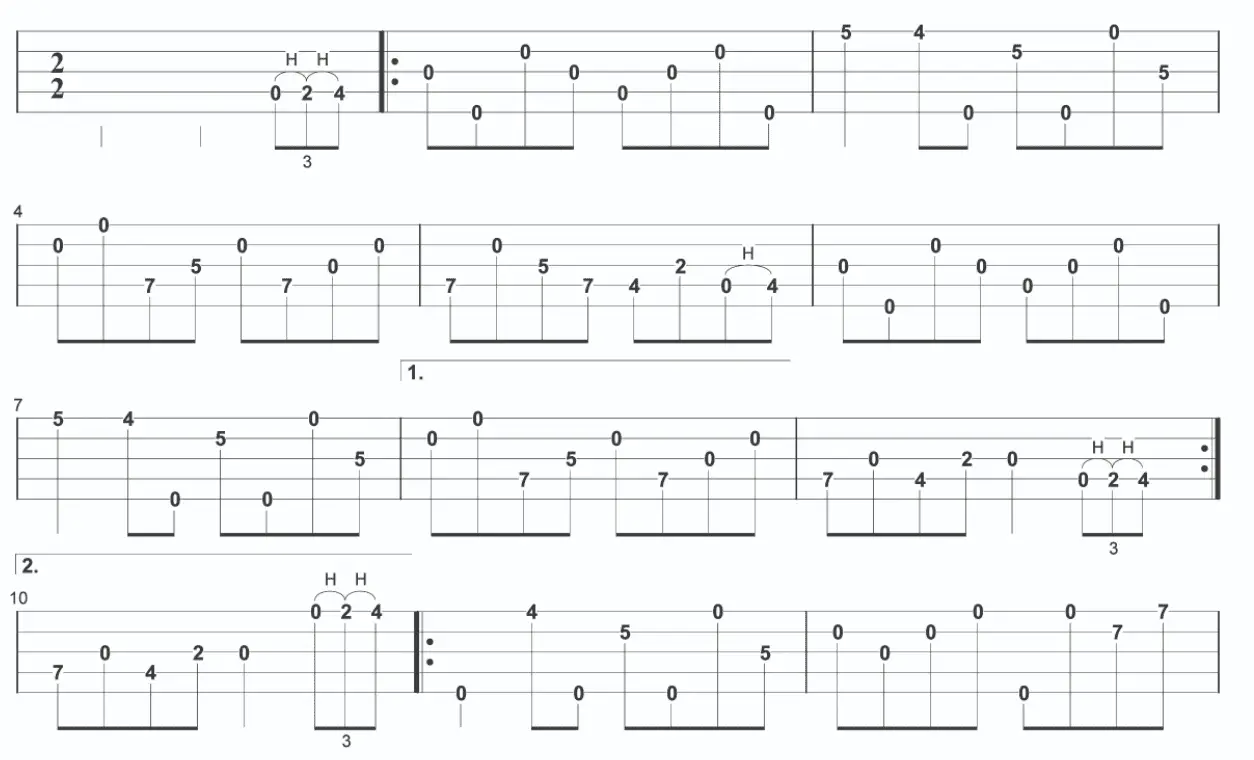If you want to learn how to play 4 string banjo, you’ve come to the right place! I’ve been playing 4 string banjo for many years and have learned a lot about the instrument. In this comprehensive guide, I’m going to share my knowledge and experience with you and help you become a master of the 4 string banjo. I’ll give you tips on how to hold the instrument, how to tune it, and how to play basic chords and melodies. I’ll also provide you with some important advice on practice, performance, and improvisation. So get ready to learn the 4 string banjo – it’s time to become a skilled musician!
Parts of the Banjo
The banjo is made up of several components, each of which plays an integral part in the instrument’s sound. These components include the neck, head, resonator, tailpiece, and strings.
The neck of the banjo is usually made of hardwood, such as maple or mahogany, and is responsible for creating the notes when the strings are plucked or strummed. The neck is usually made up of four frets, which are metal strips that divide the length of the neck into distinct sections for easier note playing. The fretboard is located on the top of the neck, and it is marked with inlaid dots or other markers, which indicate the position of each fret.
The head of the banjo is a hoop-shaped piece of thin material, usually plastic or calfskin, that is attached to the neck and provides the surface for the strings to vibrate against. The resonator is a circular metal or wooden piece attached to the back of the banjo head, which amplifies the sound of the strings.
The tailpiece is a metal bracket that attaches to the bottom of the banjo head and holds the strings in place. The strings are made of steel, nylon, or gut, and are strung from the tailpiece to the tuning pegs at the top of the neck.
Lastly, the bridge is a small piece of wood or metal that sits on top of the head and provides a platform for the strings to rest on. The bridge is an important factor in the tone of the banjo, as it transmits the vibrations of the strings to the head.
Tuning the Banjo
- Attach a tuner to the banjo’s headstock.
- The banjo is tuned in an open G tuning. This means the strings are tuned to the notes G, D, G, B.
- Tune the fourth string (the short one) to G by turning the tuning peg until the tuner reads G.
- Tune the third string (the one immediately below the fourth string) to D by turning the tuning peg until the tuner reads D.
- Tune the second string (the one closest to the middle of the banjo) to G by turning the tuning peg until the tuner reads G.
- Tune the first string (the one closest to the neck of the banjo) to B by turning the tuning peg until the tuner reads B.
Holding the Banjo
The position of the banjo while playing is important. It should be held with the left hand on the neck of the instrument and the right hand on the strings. The neck should be held parallel to the floor, angled slightly towards the player. The banjo should be held firmly against the player’s body, either against the abdomen or the chest. The left arm should be slightly bent and the elbow should be slightly raised in order to support the weight of the banjo. The right arm should also be slightly bent and raised to ensure that the strings are properly spaced. The right hand should be positioned just below the bridge, with the thumb and fingers close together. The thumb should be placed flat on the back of the neck, while the fingers should be curved around the neck in order to give more control over the strings.
Strumming and Picking
Playing the 4 string banjo requires both strumming and picking. Strumming is when all strings are plucked together at the same time. The hand is moved in an upward or downward motion across the strings. This creates a fuller sound than just playing a single note at a time. Picking is when the strings are plucked individually with the fingers or a pick. This produces a more articulate and precise sound, useful for melodic lines or chords. To master either technique, it is best to start slowly and gradually build up speed, gradually incorporating more complex patterns.
Basic Chords
The four-string banjo is tuned in the open G tuning, which is G, D, G, B. This tuning is ideal for playing the basic chords. The basic chords are G, C, D, and Em. These chords are the foundation for playing most songs.
| Chord | Finger Placements |
|---|---|
| G | Index on 2nd string/3rd fret, middle on 1st string/2nd fret, ring on 4th string/3rd fret |
| C | Index on 2nd string/1st fret, middle on 1st string/1st fret, ring on 4th string/2nd fret |
| D | Index on 2nd string/2nd fret, middle on 1st string/3rd fret, ring on 4th string/2nd fret |
| Em | Index on 2nd string/2nd fret, middle on 1st string/2nd fret, ring on 4th string/0 fret |
These chords can be strummed individually or together to create more complex chords. Once you have mastered these chords, you can move on to more complex chords and progressions.
Basic Scales
- Start with the open G scale. This is the most common scale found on the four string banjo, and it is the basis for many other scales.
- Practice playing the C scale. This scale starts on the second fret of the fourth string and continues up the neck.
- Try playing the D scale. This scale starts on the second fret of the third string and continues up the neck.
- Work on the F scale. This scale starts on the third fret of the fourth string and continues up the neck.
- Play the A scale. This scale starts on the fifth fret of the fourth string and continues up the neck.
- Finally, practice the Bb scale. This scale starts on the sixth fret of the fourth string and continues up the neck.
Common Banjo Techniques
- Rolls: Rolls are the basic patterns used to play the banjo. This technique involves picking individual strings in a certain order, usually starting with the lowest string and continuing up in a constant rhythm. There are several types of rolls, including forward rolls, backward rolls, and alternating rolls.
- Hammer-ons and Pull-offs: Hammer-ons and pull-offs are techniques used to change notes quickly. Hammer-ons involve picking one string and then quickly “hammering” your finger onto the next higher string. Pull-offs involve picking one string and then quickly “pulling” your finger off the string to the next lower string.
- Slides: Slides are used to move the pitch of a note up or down. To do this, use your fretting hand to move the string up or down before picking the string.
- Chromatic Runs: Chromatic runs involve quickly playing groups of two or more notes that are a half-step apart from each other. This is done by alternating between picking two strings that are a half-step apart, or by playing a sequence of notes that are a half-step apart.
- String Bends: String bends involve bending the string up or down to the desired pitch. This technique can be used to add vibrato, or to create a “bluesy” sound.
- Double Thumbing: Double thumbing is a technique used to play two notes at the same time. This is done by using the thumb of the picking hand to play one string while the index finger plucks the other string.
Advanced Banjo Techniques
- Hammer-Ons and Pull-Offs: A hammer-on is when you pick a string, then use your fretting hand to press down on a higher fret without plucking or picking again. A pull-off is the opposite of a hammer-on, where you pluck or pick the string, then use your fretting hand to pull off the string to the next lower fret without plucking or picking again.
- Sliding: Sliding is when you pick a string, then use your fretting hand to slide up or down the fretboard to a different fret. This can be done while holding the same note or while transitioning to a different note.
- Bending: Bending is when you use your fretting hand to “bend” the note up or down to a higher or lower note. Bending is used to add expression to the music and can often be heard in bluegrass or country music.
- Double-Stops: Double-stops are when you play two notes at the same time. This is usually done by plucking two strings together with the same finger. Double-stops can be used to create chordal sounds or to add expression to a single note.
- Tremolo Picking: Tremolo picking is when you rapidly pick the same note multiple times in a row. This is often used to create a staccato or “buzzing” sound.
- Rolling: Rolling is when you pick a note, then quickly move your finger to another string and pick that note. This is often used to create a rolling or “swelling” sound.
Frequently Asked Questions
What are the Benefits of Learning How to Play a 4 String Banjo?
Learning to play a four-string banjo offers many benefits. It is an enjoyable way to practice hand-eye coordination and develop fine motor skills. It helps to cultivate a sense of rhythm and fosters a connection with a wide variety of music genres, including traditional folk and bluegrass. Additionally, playing the banjo is a great way to relax and have fun while practicing patience and perseverance.
Is it difficult to learn how to play a 4 string banjo?
Learning to play a 4 string banjo can be challenging but not impossible. It requires dedication, patience and consistent practice. While the banjo might seem intimidating to beginners, it is a very rewarding instrument to learn and with the right guidance and dedication, anyone can learn to play the banjo.
What techniques should be used to master the instrument?
Practicing regularly, developing proper technique, and listening to experienced banjo players are essential for mastering any instrument, especially the banjo. To begin, focus on the basics of playing the banjo, such as proper hand placement, strumming, and tuning. Once you have the basics down, move on to exercises that will help you develop speed and accuracy. Learning scales, songs, and improvisations are also important for mastering the instrument. Lastly, listening to recordings and attending performances of experienced banjo players can help you to understand the nuances of the instrument.
Are there any tips for tuning a 4 string banjo?
Tuning a 4 string banjo involves adjusting the tension of each string to the correct pitch. Start by tuning the fourth string to a low G. Then, tune the third string to a C, the second string to an E and the first string to a high G. Again, use a tuner to accurately achieve the correct notes. To get the strings in tune with each other, use the fifth fret of the fourth string to tune the third string, and the fourth fret of the third string to tune the second string. To tune the first string, use the fifth fret of the second string. Lastly, use the fourth fret of the first string to tune the fourth string.
What type of music is suitable for playing on the 4 string banjo?
The 4 string banjo is described as having a “bright, cheerful sound” and is often used for folk, bluegrass, and traditional music. It is also popular for playing popular tunes from the 1920s and 1930s. It can also be used for some jazz and blues. The 4 string banjo is often used as an accompaniment instrument, but can also be used to carry the melody.
Conclusion
Learning to play the 4 string banjo can take time and dedication, but it is a rewarding experience. Following the steps outlined in this guide can help you become a master of the instrument. Start by learning the basics of the instrument and the music theory that ties it all together. Then, practice regularly and take time to learn the various techniques and playing styles. Finally, don’t forget to have fun while learning the 4 string banjo!

